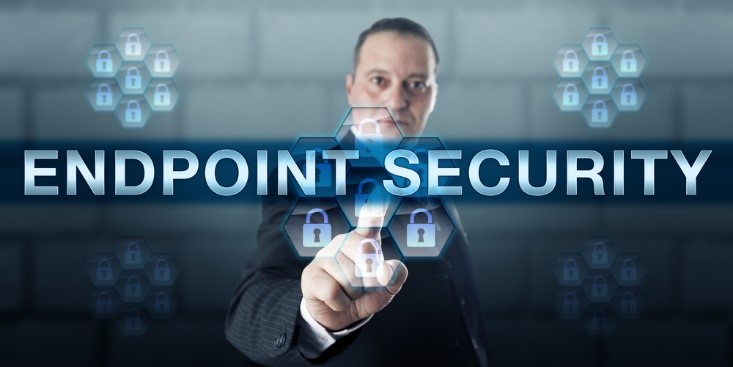Endpoint Security 101: Mastering the Fundamentals

 Almost everyone can use a computer competently – you can, if you are reading this post. However, almost no one knows the basics of computer security, especially at a business level. You might tell your workers to use “strong” passwords and avoid clicking on suspicious links, but if you aren’t doing anything to secure your endpoints, your business is essentially unprotected.
Almost everyone can use a computer competently – you can, if you are reading this post. However, almost no one knows the basics of computer security, especially at a business level. You might tell your workers to use “strong” passwords and avoid clicking on suspicious links, but if you aren’t doing anything to secure your endpoints, your business is essentially unprotected.
The beginning of your business cyber security journey should start with your endpoints. Endpoints consist of the devices your employees are using to connect to your (and other) networks, such as laptops, smartphones, and tablets. If these devices aren’t secure, your entire defense system will crumble. This guide will address some fundamental aspects of endpoint security and help you understand the importance of protecting your endpoints.
What Does Endpoint Security Protect From?
Every endpoint is an entryway into your network. Ideally, the only entities accessing your network through these gateways are your employees, who are diligently completing tasks and making money for your business. Unfortunately, if you aren’t practicing proper security, it’s possible that malware could stride through these openings, as well.
There are two ways endpoints could wreak havoc on your network. First, the endpoint itself might be corrupted, perhaps by an employee clicking on a malicious link or attachment. Alternatively, an unauthorized endpoint could gain access to your network with the specific goal of injecting malware or perpetrating other illegal acts. In both cases, a single endpoint creates insecurity in your network and leads directly to low productivity, data theft, or worse. By using endpoint security software by VMware CB, you can avoid both situations and continue to build your enterprise unimpeded.
How Is Endpoint Security Accomplished?
There is one simple rule that should protect you and your business: Never should you allow an unknown or insecure endpoint to access your network. There are a few methods to ensure this rule remains unbroken.
First, you should develop strong but reasonable rules for devices that might access your network. For example, you might mandate that devices connected to your network include only software from an approved list, remain up-to-date on all software patches and updates, and use a standard antivirus program. This is especially vital for enterprises interested in establishing a Bring Your Own Device (BYOD) policy.
Additionally, you might utilize a network monitoring program to ensure that unauthorized endpoints do not connect. Such programs also typically watch endpoints for suspicious behavior or applications that are not permitted. Used in conjunction, these two strategies provide nearly foolproof endpoint security.
How Is Endpoint Security Different From Antivirus?
Both endpoint security systems and antivirus software have similar ultimate goals: to protect your devices and data. However, their immediate goals, methods, and scope vary dramatically. Antivirus programs typically protect a single device from a specific type of attack, namely malware.
Conversely, endpoint security is responsible for protecting an entire organization-worth of devices from a variety of attacks. As a result, endpoint protection typically offers advanced features not offered to individual antivirus users. For example, your endpoint security system might include application whitelisting, network access control, endpoint response, data classification, encryption options, and more. Endpoint solutions are located both on a central server and on each endpoint, providing twice the security as antivirus programs.
Are There Different Types of Endpoint Security?
When you are searching for endpoint solutions, you must be careful what you purchase. There are two types of endpoint security: consumer-based and enterprise-based. As you might expect, consumer-based endpoint services are meant for home networks, and as a result, the do not include centralized management and administration. If you try to use a consumer solution at a business level, you lose control over your employee’s devices, and you likely invite insecurity onto your network. You should ensure your enterprise endpoint security model has a centralized administration feature, so you always know what is happening on your network.
Cybercriminals are becoming more advanced, launching unprecedented attacks in unexpected ways. Mobile threats are growing every second as users save more data on smartphones and tablets but fail to secure their devices appropriately. The only way for you to protect your data – and by extension your employees and customers – is to lock down every endpoint.




